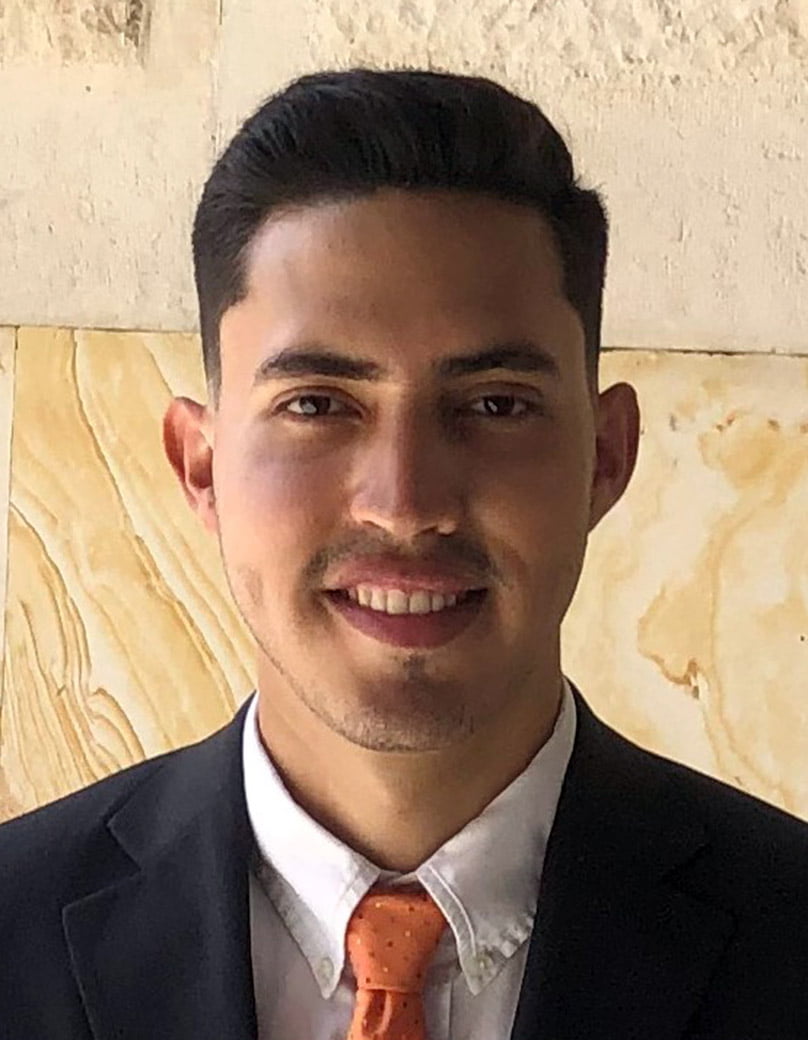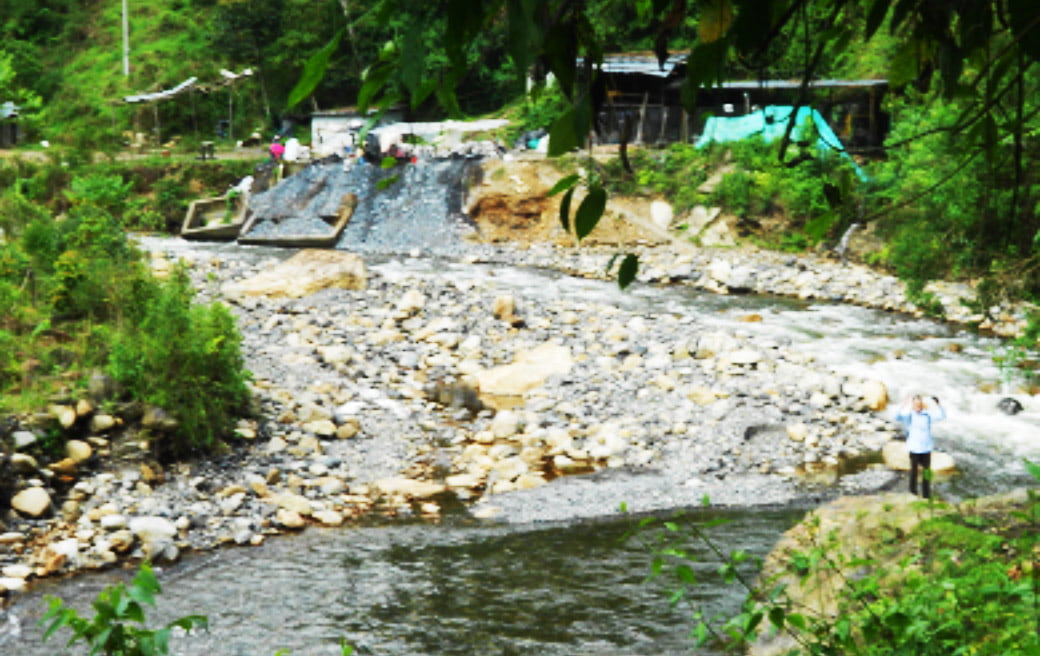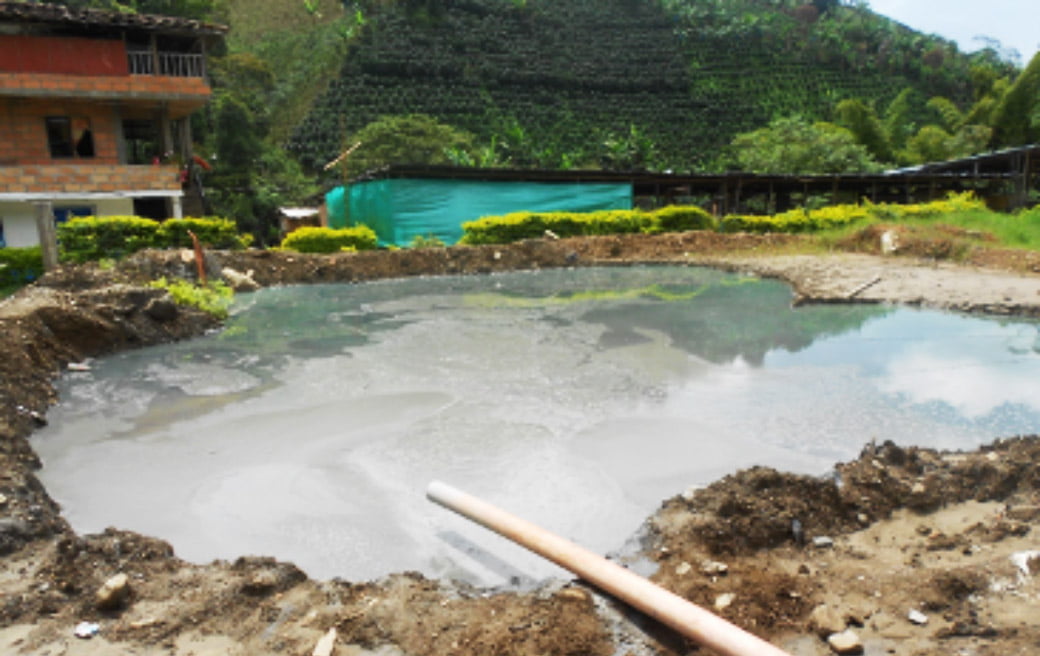Remote mining

If summer 2020 was like any normal summer, José Velasquez, a graduate student in the Civil Engineering Department at The University of Texas at Arlington, would be working in mining communities in Colombia, conducting interviews with local miners and gathering field data on environmental pollution.
However, plans drastically changed due to the COVID-19 pandemic, and international field work came to a screeching halt for Velasquez and many other graduate students at UTA. Rather than allow the pandemic to prevent him from completing his studies, Velasquez found innovative ways to continue research within the remote mining communities in spite of distance and communication barriers.
Velasquez’s research focuses on the environmental impacts of artisanal and small-scale gold mining (ASGM), a sector that contributes 20% of global gold production and is the largest human-caused source of mercury pollution in the world. He is attempting to develop alternatives for the disposal of small-scale mining waste, which often contains heavy metals and other pollutants that pose health and environmental risks.

With the help of faculty and students at the National University of Colombia and Colorado School of Mines, Velasquez and his colleagues, under the guidance of UTA Civil Engineering Associate Professor Kathleen Smits, worked with local community members to initiate various online forums to build local capacity, educate miners and advance his research on the reuse of mine tailings.
Technical studies show that binders can be used to make bricks or concrete out of mine tailings that meet quality standards for use in civil structures. They can be used on sidewalks, to cover road, to produce bricks, or masonry in general.
Velasquez’s original plan for the summer included site visits to ore processing centers in ASGM communities to gather data for his research. Due to the pandemic, travel to the sites was impossible.
Instead, he organized and delivered workshops on the repurposing of mine tailings for construction materials for the Minería desde Casa, inviting ASGM miners and stakeholders to attend. He connected with the Colombian Ministry of the Environment, collaborating on the development of circular economic policies that help the mining sector in Colombia. Through the creative use of online platforms such as WhatsApp and SMS, He was able to perform interviews and survey miners about the environmental and health implications of their work, allowing for better understanding of their daily realities. He also connected with various international non-governmental organizations that perform complementary work, sharing ideas and building networks of international experts on tailings reuse.

“This pandemic has helped me understand the importance of communication in the world we live in right now. Miners in remote communities don’t have access to technology as we know it and this is further complicated by low literacy rates,” Velasquez said.
“Creative use of technology, such as communicating with visual prompts like emojis using basic SMS and WhatsApp messaging capabilities, has helped us connect with people who we thought were impossible to reach a couple of months ago. Now, we have the network to develop activities that help us integrate the socio-technical perspectives into our research even when we are in the US.”
Velasquez is now preparing to start the fall semester, optimistic about what the new semester will bring. He plans to continue working with miners remotely, hosting workshops, and working for mining communities.